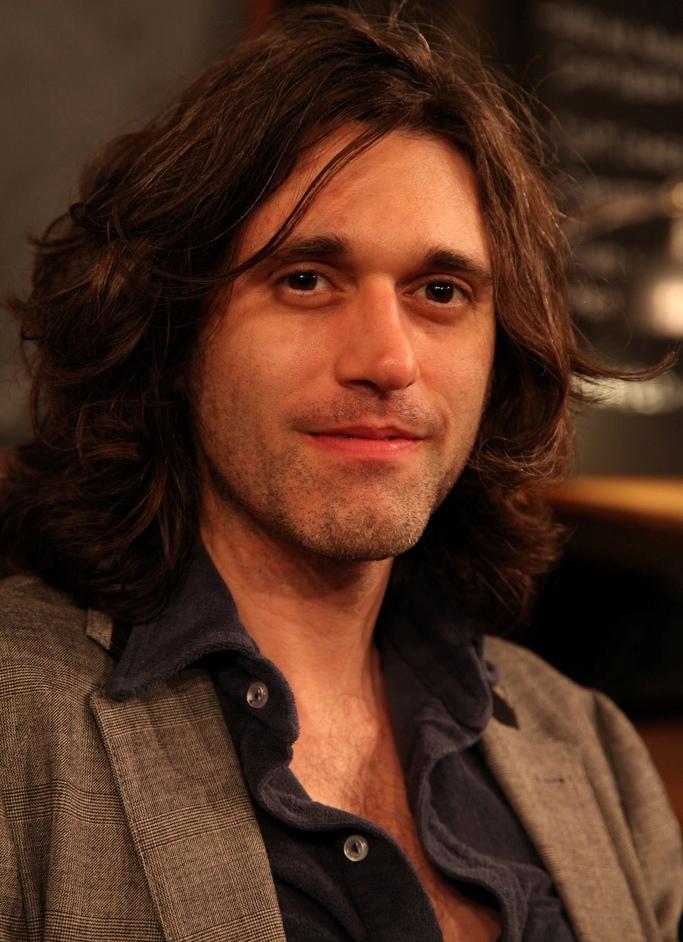New play about Isaac Newton tells story of time he supposedly put a needle in his eye
Lucas Hnath is the playwright behind Isaac’s Eye. (Photo by Gerry Goodstein.)
Most plays about historical events and figures take liberties with the facts — you probably couldn’t write a good play if you didn’t.
Audiences, though, can be distracted by wondering whether some specific fact was really true? Lucas Hnath’s new play about Isaac Newton handles the problem in a unique way: every fact introduced in the play is written on a wall, in chalk, by a narrator character.
Everything else, is invention.
Isaac’s Eye itself is based on a factual mystery: a strange reference in Newton’s diary to sticking a needle behind his eye, presumably as an experiment on optics. Nothing else about the experiment is known.
“My goal was to create a moment where he decides to do this test, and it needs to be a moment where he’s willing to risk a lot,” Hnath said. “The most obvious one was that Robert Hooke (then the most famous scientist in Britain, a brilliant polymath with accomplishments over a wide range of fields) was really critical of Newton’s writings on optics. When Hooke criticized those works, pretty soon after, Newton had a nervous breakdown.”
Some have suggested that the focused, asocial Newton may have had Asperger’s syndrome. Hnath tried to avoid that explicit characterization.
“I tried to fill in a lot of the gaps by basing the character on myself, which is a strange thing to admit to,” he said. “I think you could actually look at the play and change his occupation to playwright, and change the Royal Society to the MacArthur genius grant, and you have it there: the desire to get to this position in one’s career where you can ostensibly do whatever you want.”
The play, in at least one way, wasn’t simple to put on.
Hnath won’t reveal the stagecraft by which actor Haskell King, who plays Newton, appears to have a needle stuck in his eye for several long minutes of the play, other than to call it “very difficult.”
Isaac’s Eye is running at Ensemble Studio Theater in New York.
